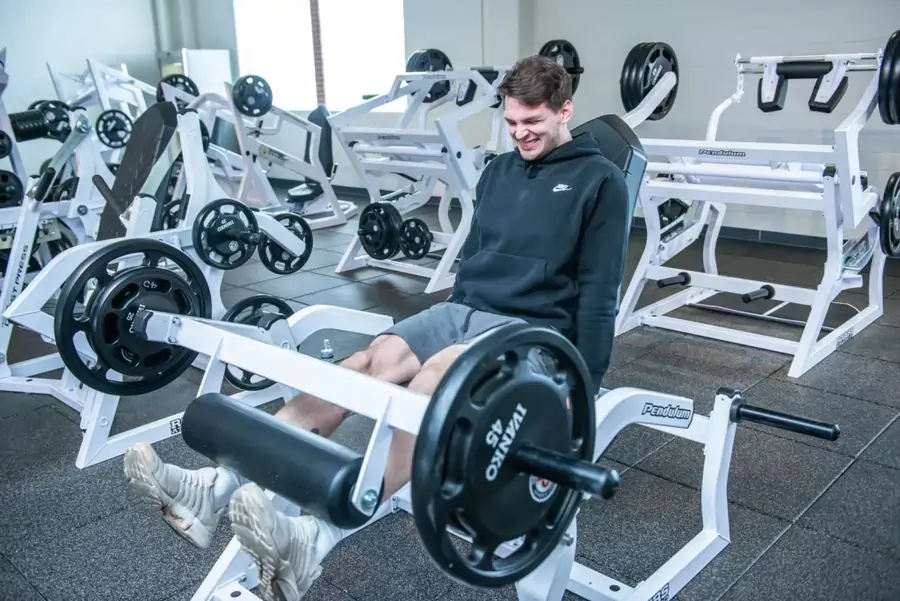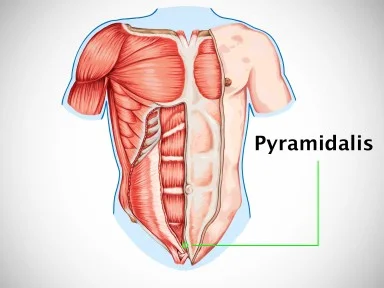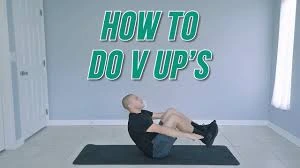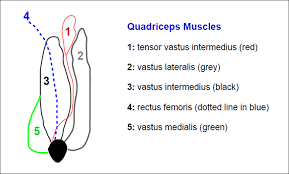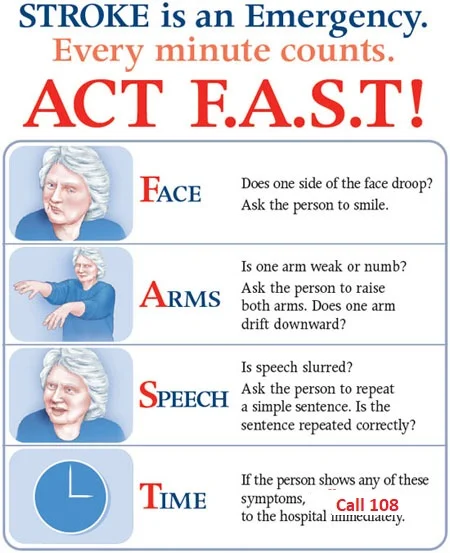Rectus Femoris muscle exercise
Table of Contents
Introduction
- Rectus femoris exercise includes different types of exercises such as stretching exercises, strengthening exercises, and Neuromuscular Inhibition Techniques. strengthening exercise helps to improve Joint flexibility, Increased muscle mass, Stronger bones, Weight control, and Balance. stretching exercise Improves your performance in physical activities, Decreases your risk of injuries, Helps your joints move through their full range of motion, and Increases muscle blood flow. Enable your muscles to work most effectively, Improve your ability to do daily activities.
- The rectus femoris is one of the four quadriceps muscles of the body. It is a bulk of muscle located in the superior, anterior middle compartment of the thigh and is the only muscle in the quadriceps group that crosses the hip joint. It is superior and overlying of the vastus intermedius muscle and superior-medial part of the Vastus lateralis and Vastus medialis muscles. It is a two-way acting muscle as it crosses over both the hip and knee joint; therefore, it functions to extend the knee and also assists iliopsoas in hip flexion.
- Rectus femoris muscle exercise includes two types of exercise
- Rectus femoris muscle Stretching exercise
- Rectus femoris muscle Strengthening exercise
Strengthening Exercises
Benefits of strengthening exercise
- Joint flexibility: Strength training helps joints stay flexible and may decrease the symptoms of arthritis.
- Increased muscle mass: Muscle mass naturally decreased with age, but strength training can help reverse the trend.
- Stronger bones: Strength training increases bone density and reduced the risk of fractures.
- Weight control: As you gain muscle, your body begins to burn calories easily, making it easier to control your weight.
- Balance: Strengthening exercises can increase flexibility and balance, which reduces injuries and falls.
Straight Leg Raise Exercise
- The straight leg raising exercise is a simple way to get your Rectus Femoris muscles working properly.
- Lie on your back on a flat surface.
- Bend the knee of your unaffected leg to a 90-degree angle and keep your foot flat on the surface.
- Keep your other leg straight without the knee bent and point your toes toward the ceiling.
- Slowly lift the involved leg off the floor by contracting the front thigh muscles.
- Hold for five seconds.
- Slowly lower your leg to the floor. Relax, then repeat 10 to 15 times.
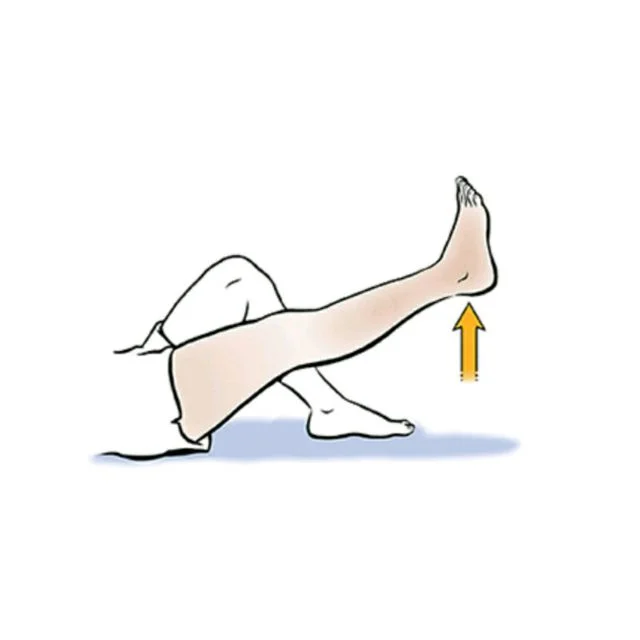
Wall Slide Squats
- Stand upright with your back against a wall and feet shoulder-width apart.
- Slowly bend your knees, sliding your back down the wall for a count of five until your knees are bent at a 45-degree angle. (Do not bend too much further than this, as it will cause increased strain on your knees.) Hold this position for five seconds.
- Straighten your knees by slowly sliding up the wall until you are fully upright with your knees straight.
- Repeat the above steps 10 more times.
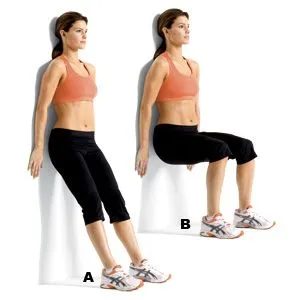
Knee Extension Exercise With Elastic Bands
- For this exercise, you have to Sit in a chair and wrap a resistance band around the leg of the chair and one end around the ankle on the same side.
- Extend your leg until it is almost fully straight.
- Hold and then return to the initial position.
- You may also do this exercise on a knee extension machine at the gym.
- Complete 2 to 3 sets of 10 to 20 repetitions.
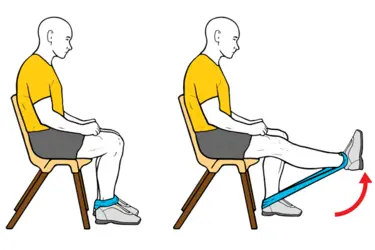
One-Legged Squat
- For this exercise, you have to Extend your arms in front of your body for balance.
- You can also hold onto hair for balance. Balance your body weight on one leg, with the opposite leg extended straight in front.
- Squatting down and hinge your hips back, while keeping the other leg off the ground. Stand up.
- Complete 1 to 2 sets of 5 to 10 repetitions on both legs.
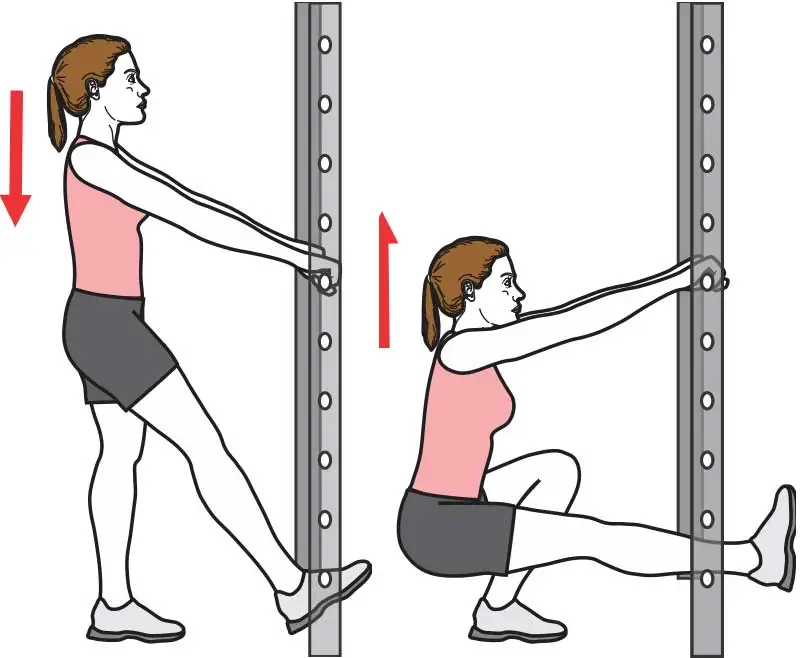
Alternating Split-Squat Jumps
- For this exercise, you have to come into a deep lunge position, with your right foot back and left foot forward into a lunge.
- Explode or jump up and switch as you lunge to the other side. Repeat.
- Do two sets of 15 repetitions.
- Rest for 20 to 30 seconds in between two sets.
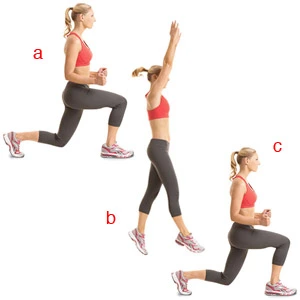
Lunge
- The lunge is a classic bodyweight exercise that can build foundational strength in the rectus femoris.
- Do this exercise by standing in an erect position and your shoulder-foot width apart.
- Now step forward, landing on the heel of your front foot. flexed the front knee so your back leg nearly touches the floor.
- Push off with the front foot to return to the initial position and repeat this on the other foot.
- You can increase the difficulty of this exercise by grasping a pair of dumbbells.
- Complete 3 to 4 sets of 15 to 20 repetitions on each leg.
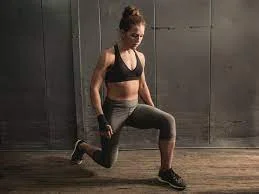
Forward Deceleration Steps
- For this exercise, you have to Place an elastic band or towel around your waist and have a partner hold on to it while standing behind you.
- Now start walking forward as your partner applies resistance with the elastic band, making it difficult for you to move forward.
- Progress to running forward with resistance.
- Run or walk up to 25 yards. Repeat 5 times.
Stretching Exercises
Benefits of stretching exercise
- Increase muscle blood flow.
- Improve your performance in physical activities.
- Help your joints to move through the full range of motion.
- Decrease your risk of injuries.
- Enable your muscles to work most effectively.
- Improve your ability to do daily activities.
Side Lying Quad Stretch
- Take a side-lying position on a floor.
- Put one hand under your head for support.
- Now use your outer hand to bend your upper knee.
- Then, pull that bent knee towards your head until you feel stretched.
- Hold there for 30 seconds and repeat on another side.

Standing Quadriceps Stretching exercise
- Take a standing position on one leg. If you can’t balance on one leg, use a wall or any static object.
- Now hold the bent leg with your corresponding hand and pull it upwards towards your torso.
- Keep your chest straight, don’t move during the stretch.
- Hold for 20-30 seconds. repeat on the other side and do it on each side 3 times
Crescent pose
- Take a lunge position on the floor.
- Put your one knee forward around 90 degrees bend, one leg behind straight.
- Now raise both hands overhead and clasp them together.
- Now push your hip forward and downward, and keep your back straight.
- Now slowly lean back to feel stretch into your quads.
- You can feel the stretch on your backward leg.
- Holding time is around 20 – 30 seconds and repeat 2-3 times on both sides.
Bow pose
- Lie on the stomach with your legs straight out.
- Slowly bend your both knees and raise your both hands upwards.
- Now, take your hands back, and try to hold the ankle of both legs.
- Now, using both hands pull the ankles towards your hips.
- If you feel stretched on your both quads, hold it for 5-10 seconds.
- Slowly release the pose and repeat.
Dancer’s pose
- Stand tall and feet wide apart.
- Now raise your both hands forward at shoulder level.
- Raise your one leg behind you and grasp that ankle with your corresponding hand.
- Now lift that leg upward behind you.
- Hold the stretching pose for at least 10-15 seconds.
- Perform 2 – 3 times.
Rectus femoris muscle exercise at Home
Following list of exercises for rectus femoris muscle, we can do at home
- Straight Leg Raise Exercise
- Wall Slide Squats
- One-Legged Squat
- Alternating Split-Squat Jumps
- Lunge
- Side Lying Quad Stretch
- Standing Quadriceps Stretching exercise
- Crescent pose
- Bow pose
- Dancer’s pose
Bodybuilding of the Rectus femoris muscle
Power leg extension
The knee extension, or leg extension, is a type of strength training exercise. It’s an excellent move for strengthening your Rectus femoris muscle, which is in the front of your upper legs.
Sissy hack squats
Sissy squats strengthen the rectus femoris and also work the hip flexors, and core strength and can improve balance. With a sissy squat machine, you can able to lean back securely without fear of falling over or disrupting your posture.
Split squat with the front foot raised
With the elevated front foot, the hips will be forced to move through a range of motion that is otherwise unachievable when performing traditional split squats. By performing these consistently, the hip joint’s range of motion will increase naturally and stability will be a byproduct of this exercise’s execution.

Narrow stance leg press
With your feet closer together, the narrow leg stance places more emphasis on the quadriceps muscles, while continuing to work your hamstrings, glutes, and calves. If you’re looking to build lower body strength in the gym, the narrow stance leg press may be a useful alternative to barbell narrow stance squats.
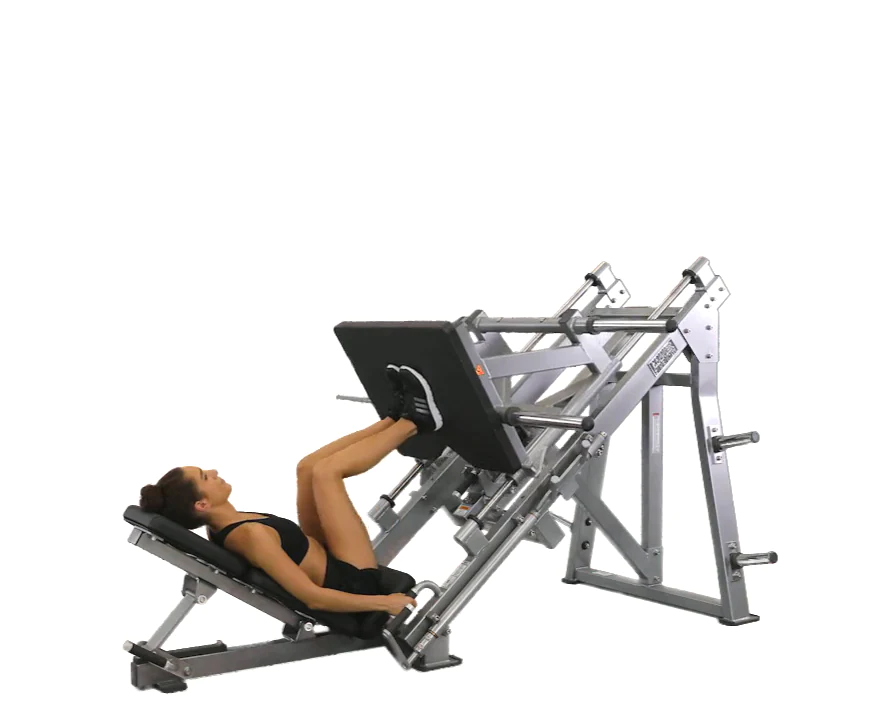
What are the common mistakes you can avoid during Rectus femoris muscle stretching?
There are certain mistakes that you can’t make during stretching exercises:
- Bouncing: Do not bounce while doing the stretch. If you find yourself performing so, you need to stabilize yourself by
- holding onto sturdy objects.
- Locking the Knee: Never lock the standing knee during the stretch. maintain it soft.
- Knee moving Outward: Don’t allow the bent knee to drift outward. Maintain the knees next to each other.
- Stretching prior to Warm-up: To avoid muscle strain, you can stretch only after you are done with a warm-up.
- Stretching to Pain: Stretch until you feel mild discomfort—don’t stretch to the point of pain. Take safety not to strain the
- knee. The aim is not to touch the heel to the buttock, but rather to feel the gradual stretch in your thigh.
- Arching Your Back: Don’t arch your low back as you bend the knee, maintain your abdominals engaged to keep the
- back neutral as you drag into this stretch.
Rectus femoris muscle Stretching Safety Guidelines
There are certain guidelines you need to follow during stretching exercises:
- Stretching is no exception. Stretching can be dangerous and cause injury if you do it wrongly.
- Breathe. Never hold the breathing. Holding the breathing causes tension and stress in the muscle, and can increase your blood pressure. The deeper you breathe, the more relaxed the muscles will be, and the deeper and longer you can stretch.
- Stretching tight muscles are uncomfortable for you, but you should never feel any stabbing or sharp pain.
- Be consistent- Do stretching daily for a few minutes or seconds a couple of times in a day that gradually builds flexibility and increases range of motion over the long term. This is a good way to stretch, rather than doing it longer times only once a week.
- Wear loose comfortable clothing, as it is tough to stretch if the clothes are tight and restrict motion.
FAQ
Lunges are an excellent exercise for the rectus femoris muscles. Stand shoulder-width apart and bring one leg forward, bending at the knee joint. Your other leg will dip down so your shin is lined up with the floor. Push through your heel to come back to a starting position. You can increase the difficulty of this exercise by grasping a pair of dumbbells. Complete 3 to 4 sets of 15 to 20 repetitions on each leg.
To train the rectus femoris muscle at home you can do a different type of exercises like Straight Leg Raise exercises, Wall Slide Squats, One-Legged Squat, Alternating Split-Squat Jumps, Lunge
A simple way to strengthen rectus femoris is to do straight leg raises. Lie on your back on a flat surface. Bend the knee of your unaffected leg to a 90-degree angle and keep your foot flat on the surface. Keep your other leg straight without the knee bent and point your toes toward the ceiling. Slowly lift the involved leg off the floor by contracting the front thigh muscles. Hold for five seconds. Slowly lower your leg to the floor. Relax, then repeat 10 to 15 times.

